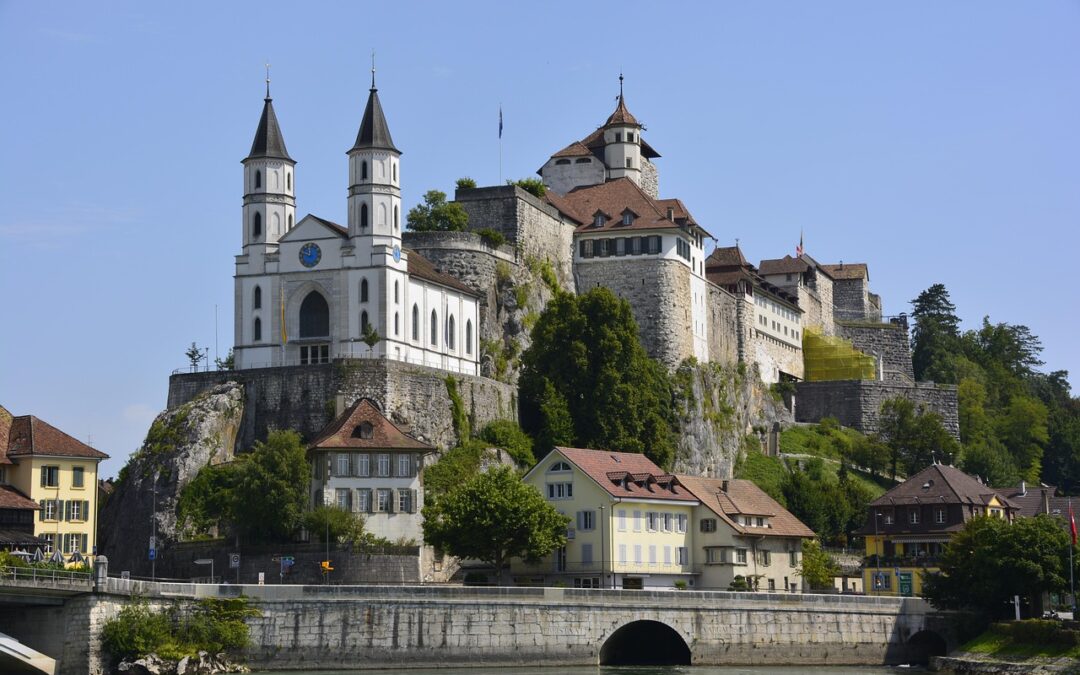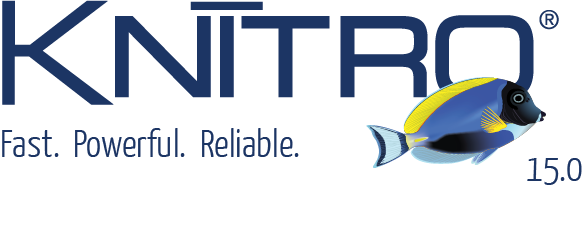Artelys Knitro 12.2: solve your nonlinear problems faster than ever!
This release does not only provide performance and robustness improvements but major refinements in Artelys Knitro’s core algorithms:
- Up to 60% performance improvement on customer benchmark for very large-scale general nonlinear instances (more than 100 000 variables) solved with Knitro interior point algorithms.
- Average performance improvement of 50% on medium sized general nonlinear instances (between 1000 and 10 000 variables). This enhancement derives from the refinement of Knitro Sequential Quadratic Programming (SQP) algorithm which proves particularly useful for customers solving problems with expensive function evaluations (e.g. complex nonlinear expressions, external simulator, black-box model, etc.).
- Up to 75% performance improvement on very large-scale unconstrained models (more than 250 000 variables) such as machine learning applications. This significant enhancement derives from the refinement of Knitro quasi-Newton methods (namely the dense and limited-memory Quasi-Newton BFGS).
In addition, Artelys Knitro 12.2 brings:
- Default parallelism when using the multi-start, multi-algorithm, or tuner features.
- Average performance improvement of 14% on general MINLP instances.
- Support for ARM processors! Artelys Knitro can now be used on embedded systems. Contact us for more information.
- Significant speedup can be observed on some Optimal Power Flow (OPF) instances using a new presolve option.
- An updated C++ interface offering efficiency improvements, particularly when solving models with quadratic structures (e.g. QPs and QCQPs).
- Increased performance on problems with complementarity constraints (i.e. MPECs) when using quasi-Newton methods.
- Faster resolution of non-smooth unconstrained models (such as machine learning applications) relying on the new weak Wolfe linesearch.

Swissgrid selects Artelys Crystal Super Grid
Artelys is pleased to announce that Swissgrid, the Swiss electricity Transmission System Operator (TSO), has selected Artelys Crystal Super Grid, our multi-energy simulation solution, to support their strategic planning and system analysis activities.

Artelys led the Assessment of Policy Options for Securing Inertia for the European Commission
The European Commission’s Directorate-General for Energy (DG ENER) selected Artelys (leader), Trinomics, and Tractebel ENGIE to study solutions for ensuring the future frequency stability of the European power system. The study report was published in August 2025 by...

Artelys Knitro 15.0: New Tools for Your Large-Scale Models
Artelys is pleased to announce the release of Knitro 15.0, which provides new algorithms and performance improvements to solve your large-scale optimisation problems, whether linear or non-linear, more quickly.

Artelys Introduces Future Sight: a Visualisation Tool Supporting the Energy Transition
As partner in the European Climate + Energy Modeling Forum (ECEMF) – a Horizon 2020 Europe project uniting research institutes and leading energy modellers in Europe – Artelys has contributed to modeling activities powered by Artelys Crystal Super Grid modelisation tool, and has led the development of a fully-fledged visualisation tool.
subscribe to our newsletters
© ARTELYS • All rights reserved • Legal mentions